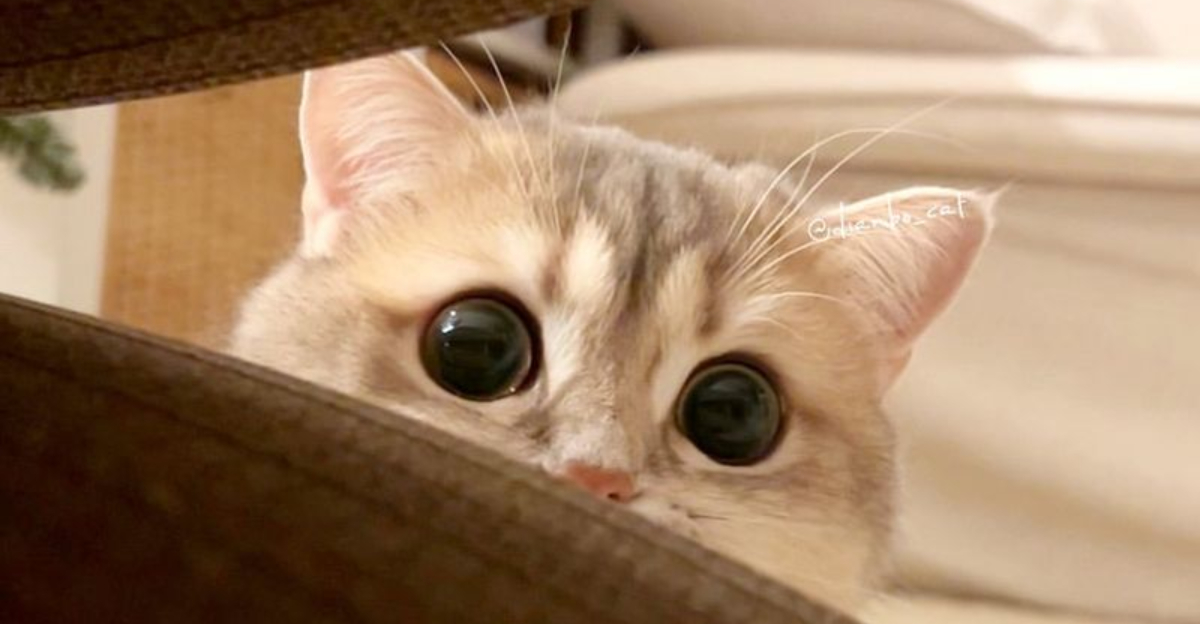Cats are famously independent, but that aloof charm can sometimes mask a struggle with social skills.
Recognizing these signs early can make a big difference in helping your cat feel more secure and connected.
In this guide, we’ll look at telltale signs your cat might need a little social support—plus simple, effective ways to help them open up.
1. Scratching When Approached
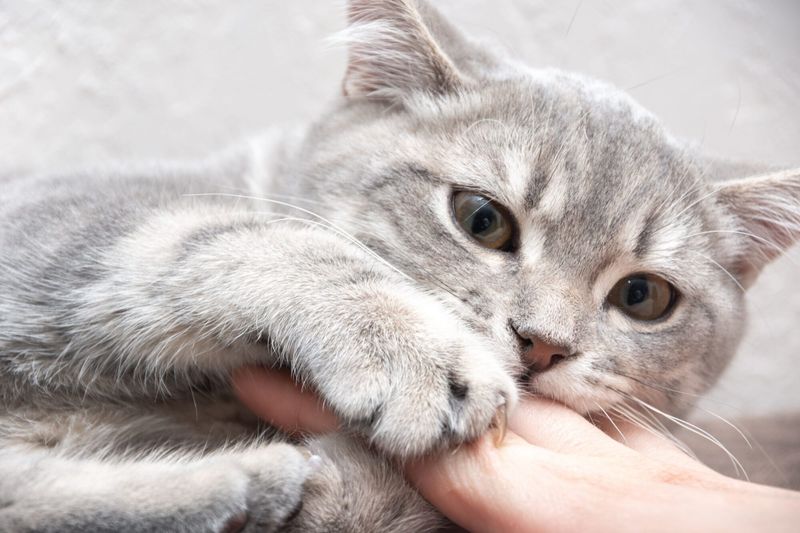
Scratching when approached can mean your cat’s feeling uneasy or overwhelmed. It’s their way of saying, “I need space right now.”
Often, this comes from fear or not knowing how to handle close contact. Watch for early signs like a twitching tail or flat ears.
Offer gentle petting on their terms and reward calm moments. Letting them choose when to interact builds trust.
2. Refusal To Eat Around Others
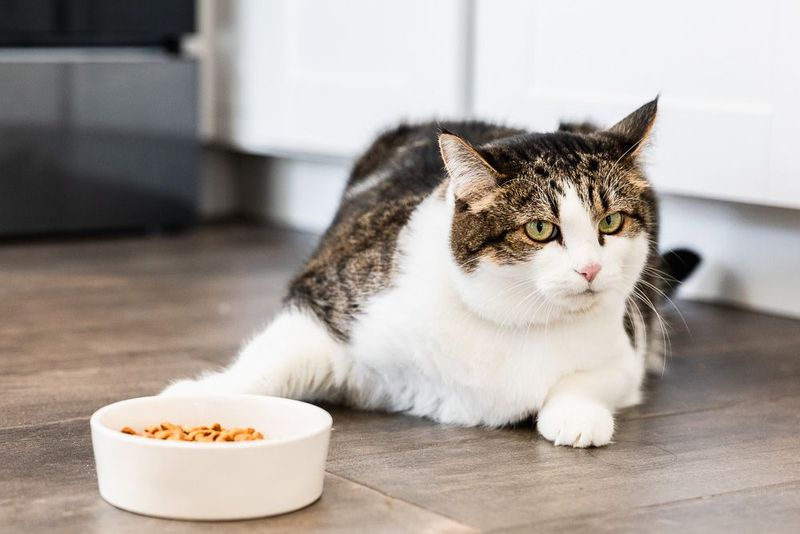
When a cat refuses to eat in the presence of others, it might be experiencing stress or insecurity related to social dynamics.
This behavior can often be interpreted as a need for a more controlled and private dining experience.
Try feeding your cat in a separate, quiet area where they feel safe. Gradually introduce other pets or people once your cat is comfortable eating alone.
3. Avoidance Of Eye Contact
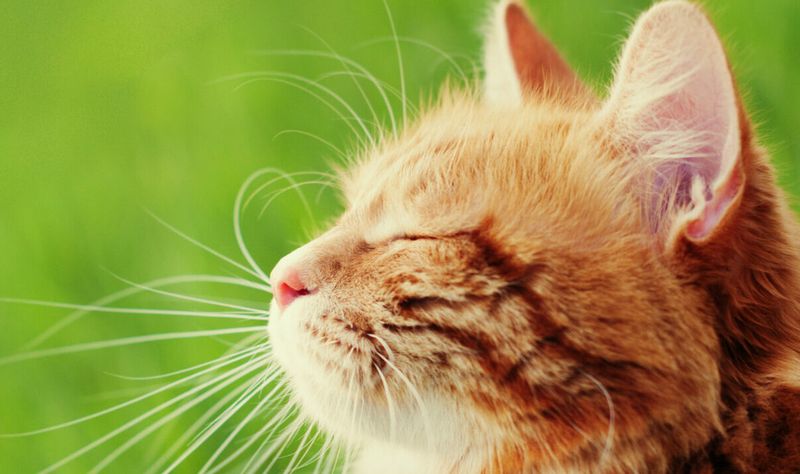
Eye contact means a lot in the world of cats. If your kitty keeps dodging your gaze, they might be feeling a little unsure or uneasy.
Avoiding eye contact can be their way of saying, “I’m not ready for this.” It’s often linked to fear, anxiety, or just plain shyness.
Want to help? Try giving a slow blink—the famous “cat kiss.”
It’s like telling your cat, “Hey, I’m cool,” without saying a word.
4. Frequent Hissing
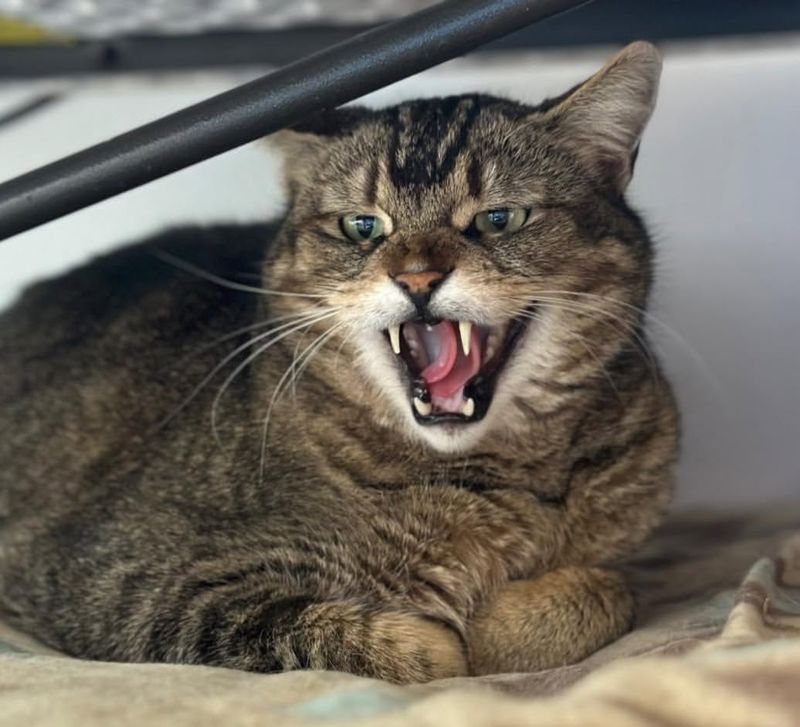
Hissing is your cat’s way of saying, “Back off—I’m not okay.” If it happens a lot, even without a clear threat, they might need help building social skills.
It often comes from fear, stress, or feeling overwhelmed. Figuring out what sets them off is the first step.
Give them a calm, safe space to decompress. Then, slowly introduce new people or pets with plenty of treats and praise.
With patience, that hiss can turn into a happy purr.
5. Running Away From Loud Noises
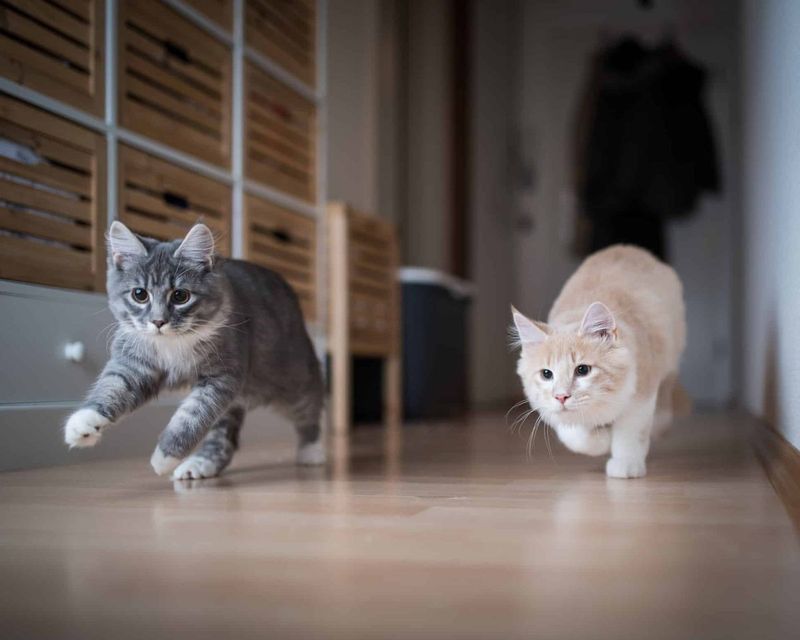
Loud noises can send your cat running for cover, especially during social events. If this happens often, social anxiety might be in play.
It could be instinct or a reaction to past stress. Giving them a quiet, cozy space can help them feel safe.
Start with soft sound exposure paired with treats or play. This builds positive connections and reduces fear over time.
Soon enough, those scary sounds won’t seem so scary anymore.
6. Lack Of Interest In Group Activities

If your cat always chooses alone time over group fun, it might be missing some key social skills. While independence is normal, total avoidance of play can be a red flag.
They may just be unsure how to join in or have had bad past experiences. The fix? Take it slow and make it positive.
Start with one or two calm companions and use interactive toys. Reward even small steps toward engagement.
7. Tail Twitching Around Playmates
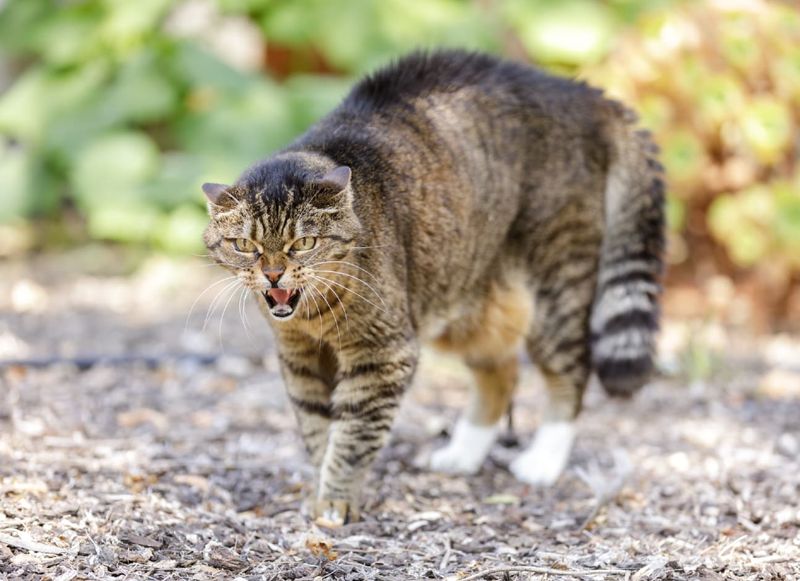
A twitching tail is your cat’s way of saying, “I’m not loving this moment.” It often pops up during social stress or overstimulation.
If it keeps happening, your cat might need help feeling more at ease. Reading their body language helps you spot the signs early.
Keep play sessions calm and give them space when needed. Reward relaxed behavior so they learn social time can be stress-free.
8. Excessive Meowing At Others
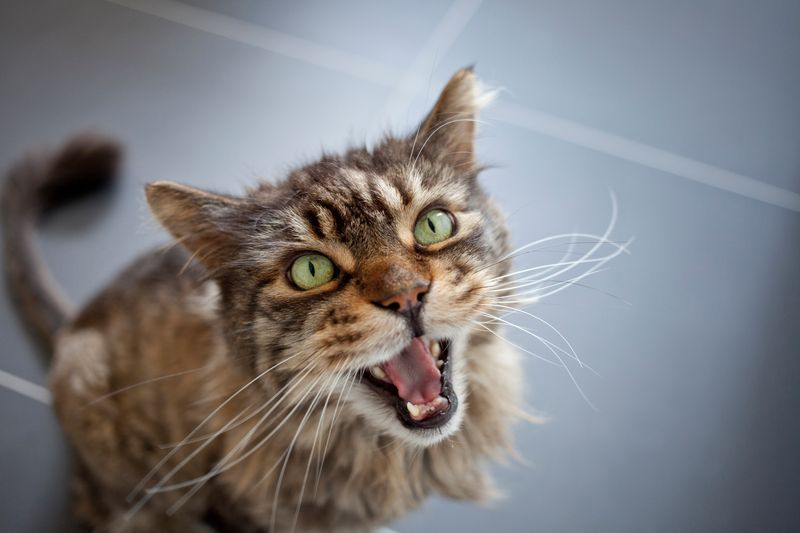
When cats meow nonstop in social settings, they might be feeling unsure or craving attention. It’s their way of saying, “Hey, something’s off!”
They could be stressed, overstimulated, or just eager to be included. Figuring out the reason makes a big difference.
Try giving them a cozy retreat or playtime before company shows up. A calm response to their meows helps too.
With a little patience, your chatterbox can find their social groove.
9. Unwillingness To Share Space
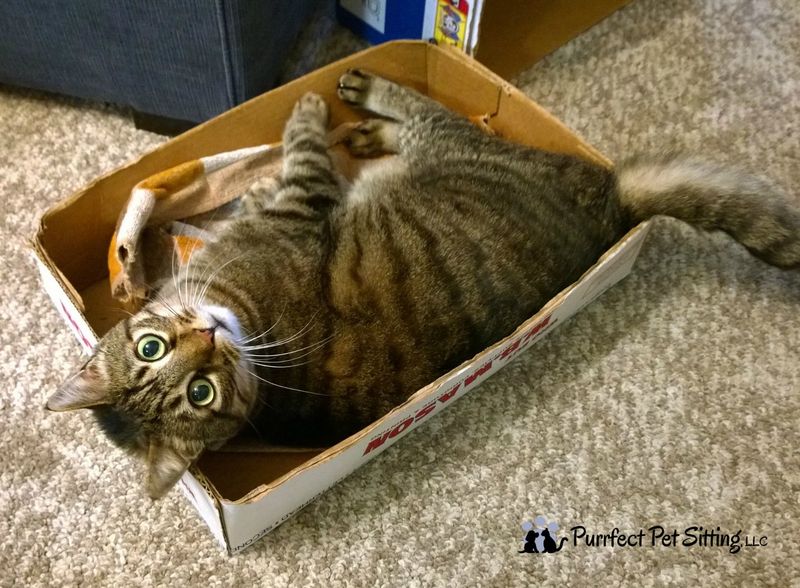
Some cats aren’t big on sharing space—they prefer a little solitude. If yours hides out when others are around, they might need help easing into social life.
Territorial instincts or lack of experience can make them wary. Slowly introducing shared moments helps them feel less pressured.
Reward small wins with treats or gentle affection. This builds trust and makes sharing feel safe.
With time, even the most private kitty can learn to welcome some company.
10. Ears Flattening During Interaction
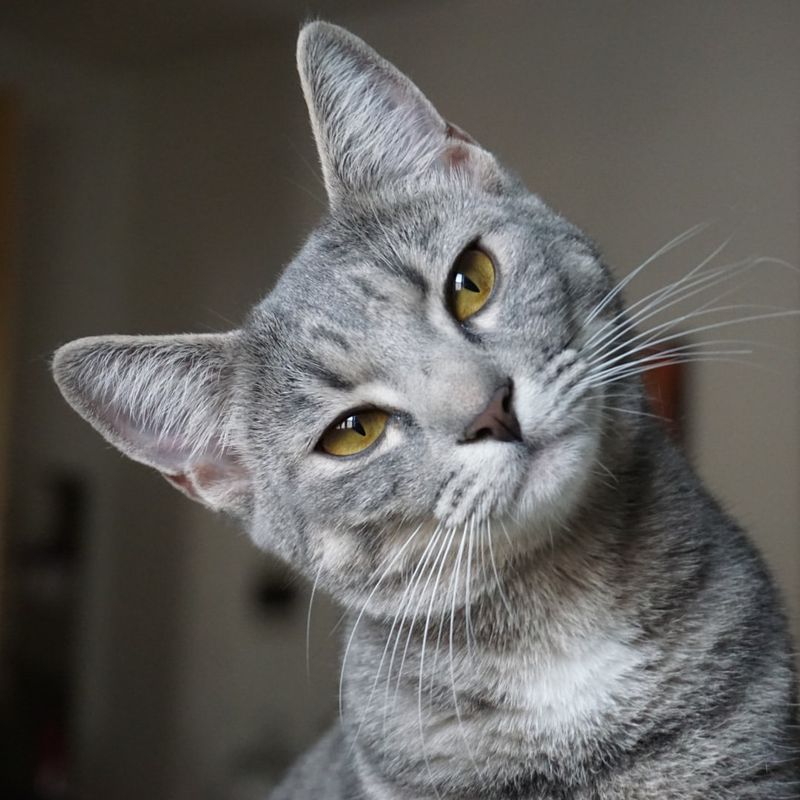
Flattened ears are your cat’s way of saying, “I’m not feeling safe right now.” If it happens often around others, social stress might be the root.
It’s usually a sign they feel threatened or unsure. Watch for patterns to see what’s setting them off.
Pair social moments with treats or calm, gentle voices. That helps them link interactions with good things.
11. Resistance To New People
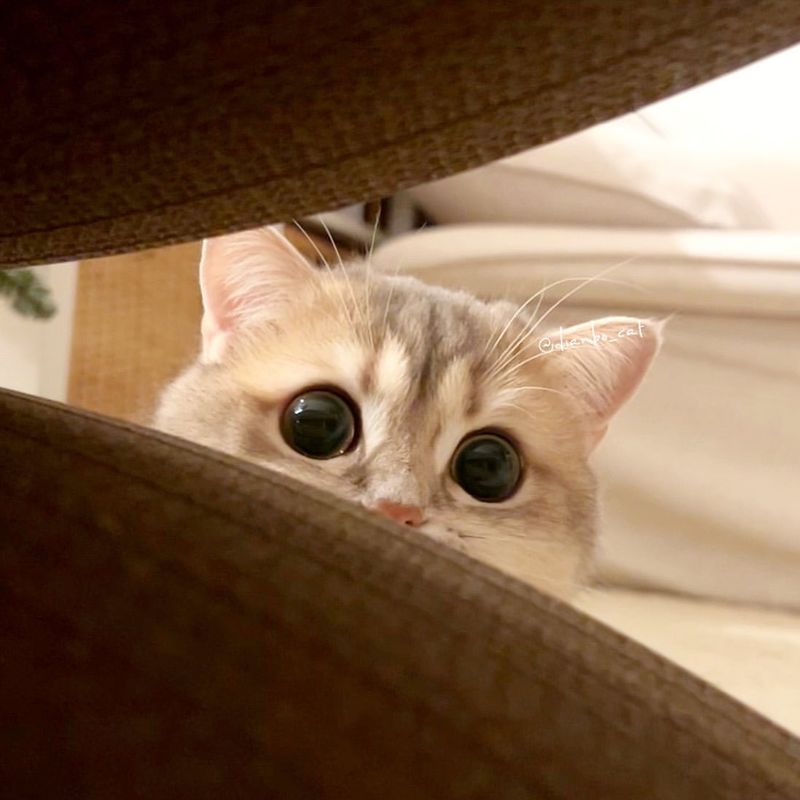
Cats often act cautious around new people—it’s their way of staying safe. But if your cat always hides, it might need help feeling more secure.
Fear or past bad experiences usually fuel this behavior. Letting them take their time is key.
Ask guests to offer treats or play gently from a distance. It shows your cat that strangers aren’t so scary.
With patience, new faces can start to feel a lot less frightening.
12. Lack Of Interest In Toys
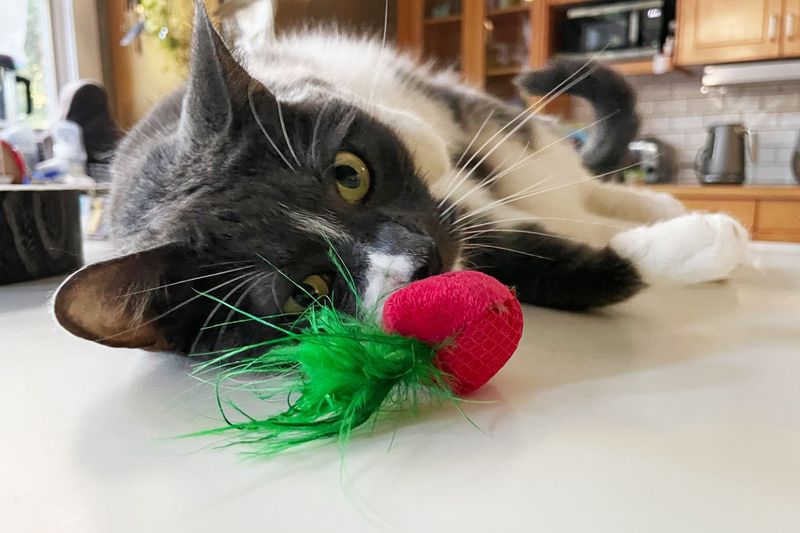
When a cat ignores toys, it might be more than just picky taste—it could signal social disconnect. Play is how cats practice bonding and natural behaviors.
Lack of interest can point to boredom or not enough stimulation. That can slow their social growth over time.
Try rotating different toys to keep things fresh and exciting. Focus on interactive play to strengthen your bond.
A little variety can spark curiosity—and help your cat open up socially.
13. Over-Grooming In Social Settings
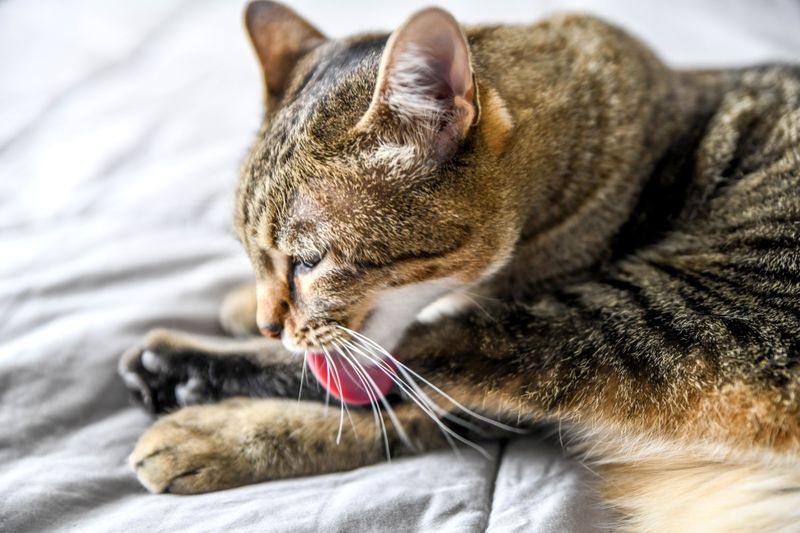
Over-grooming can be your cat’s way of saying, “I’m stressed out.” If it ramps up during social moments, anxiety might be the cause.
Too much grooming can lead to bald spots or irritated skin. It’s a signal that something deeper is going on.
Give your cat a peaceful retreat when things get too busy. Slowly easing them into social settings can help them feel more secure.
14. Reluctance To Approach
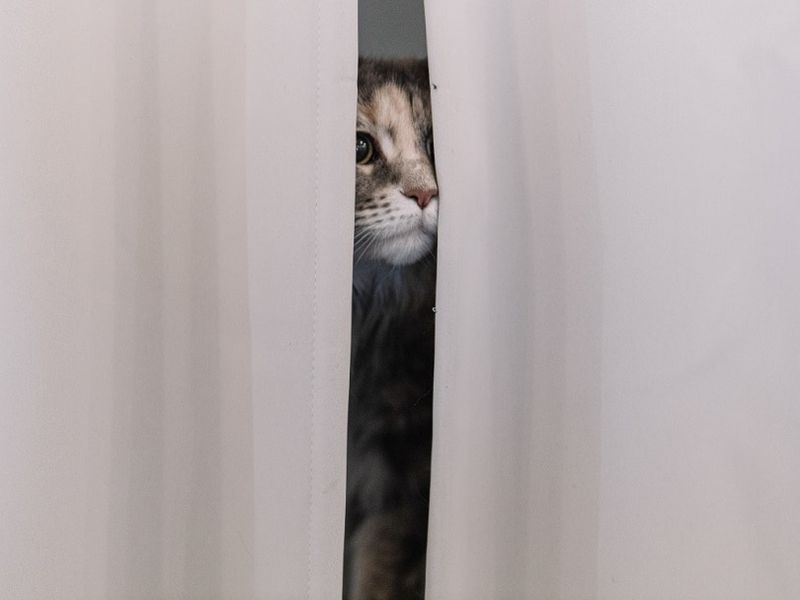
Does your cat often hang back in social situations, seemingly unsure about approaching new people or animals?
This reluctance might signal a need for assistance in building confidence. Start by creating a safe space for your cat to observe others from a distance.
Gradually introduce your cat to smaller social settings, rewarding positive interactions with treats. Over time, this can encourage a more confident approach.
15. Ignoring Other Pets
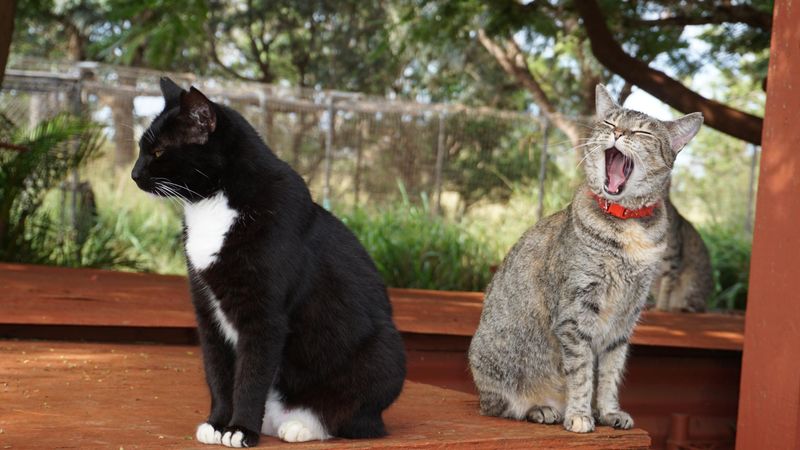
When cats ignore other pets, it’s often more than just playing hard to get. It could mean they’re unsure, uncomfortable, or lacking social know-how.
Sometimes it stems from fear or simply not knowing how to connect. Watching how they react gives you clues.
Try guided play sessions with toys both pets enjoy. Reward even the smallest signs of interest.
Over time, indifference can turn into curiosity—and maybe even friendship.

